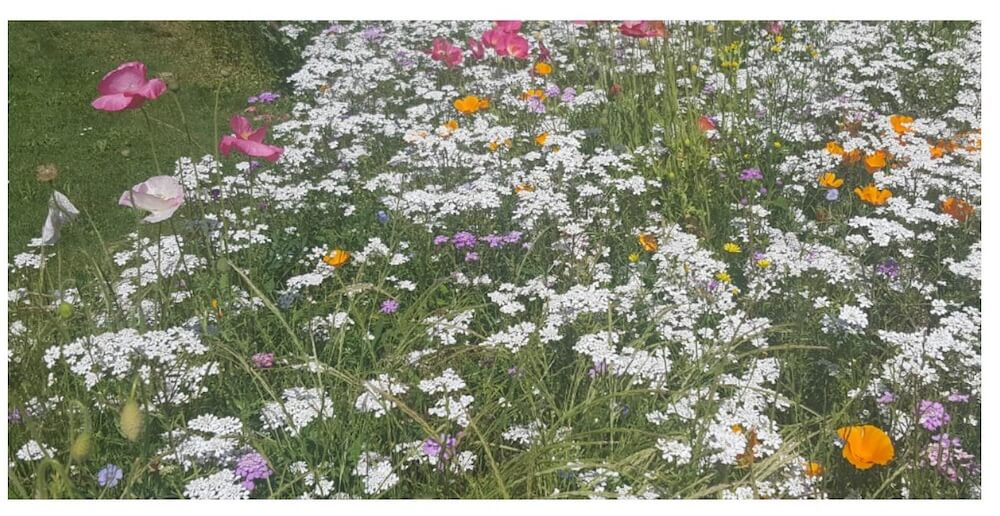A Redditor made an unfortunate discovery after posting images of what they thought were newly blooming native wildflowers in their garden.
Sharing nine pictures, they explained this was recent progress toward their goal of ridding a five-acre plot of non-native plants.


While they were excited to share their milestone, knowledgeable commenters gently explained that these wildflowers were not native. A commenter asked, "May I ask where you got the seed mix?" explaining that these flowers are native to Europe and Asia.
The original poster said they live in Washington state, close to Puget Sound. They thought the seeds they purchased were native to the Pacific Northwest.
Another commenter chimed in to clarify that "'Grows well in the region' does not mean native." A disappointed OP replied, "Well I'll be damned, I thought that they were all from here."
While the poster chose the wrong seeds, their efforts are admirable. Their plan to completely rewild their property would be extremely beneficial to wildlife in the area. It supports biodiversity, creating a natural habitat for local critters, especially pollinators. And humans rely on pollinators for our food supply.
Planting native species means saving money on lawn care and water usage. You can also avoid using toxic chemicals, like pesticides. Growing native plants creates a lush landscape and reduces maintenance needs.
Conversely, non-native plants can decrease biodiversity by hoarding resources. In the worst cases, these invasive species can endanger or extinguish native counterparts.
OP's mistake is a lesson in how it can be tricky to choose the right seeds. But friendly commenters dropped in to offer their help.
🗣️ If you were to switch from a grass lawn to a more natural option, which of these factors would be your primary motivation?
🔘 Making it look better 🌱
🔘 Saving money on water and maintenance 💰
🔘 Helping pollinators 🐝
🔘 No way I ever get rid of my lawn 🚫
🗳️ Click your choice to see results and speak your mind
Many explained that seed mixes are usually not the best choice because companies add resilient flowers that can grow anywhere. It makes certain species seem native when they're actually invasive. OP fell victim to the confusing and purposefully vague seed labeling many brands use. A commenter described this as "a scummy, misleading tactic."
One offered tips on sourcing native species seeds: "Try state nurseries in early spring, conservation groups in your area, and your local Native Plant Society, Wild Ones, or Wildlife Federation chapter." Another poster gave advice for dealing with the new non-native flowers, "Just over seed with native seeds. Eventually, the natives should win out."
Join our free newsletter for easy tips to save more and waste less, and don't miss this cool list of easy ways to help yourself while helping the planet.









